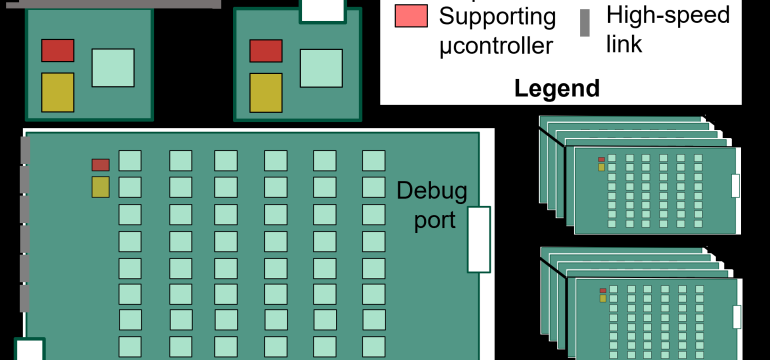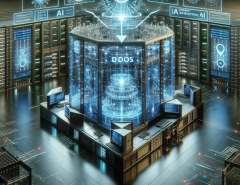Authors: Bernhard Vogginger, Amirhossein Rostami, Vaibhav Jain, Sirine Arfa, Andreas Hantsch, David Kappel, Michael Schäfer, Ulrike Faltings, Hector A. Gonzalez, Chen Liu, Christian Mayr
Published on: February 04, 2024
Impact Score: 8.22
Arxiv code: Arxiv:2402.02521
Summary
- What is new: This article provides a comprehensive analysis of why neuromorphic hardware, despite its potential for energy-efficient computing, has not been widely adopted in commercial AI data centers, along with guidelines to facilitate its integration.
- Why this is important: The growing AI computational demand is unsustainable with current technologies due to high energy consumption.
- What the research proposes: Promoting the use of neuromorphic hardware in cloud computing for its energy-efficient processing capabilities.
- Results: Identification of areas where neuromorphic systems outperform traditional computing and suggested best practices for their integration into data centers.
Technical Details
Technological frameworks used: Review of available neuromorphic hardware systems, comparison with conventional AI processing, identification of suitable applications, models, and algorithms.
Models used: Neuromorphic algorithms
Data used: Examples of neuromorphic efficiency in specific applications
Potential Impact
AI data centers, cloud computing services, CPU and GPU manufacturers might face disruption; companies in the neuromorphic hardware sector could benefit significantly.
Want to implement this idea in a business?
We have generated a startup concept here: NeuraNet Efficiency Solutions.



Leave a Reply